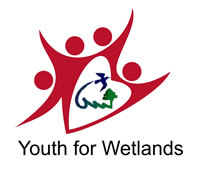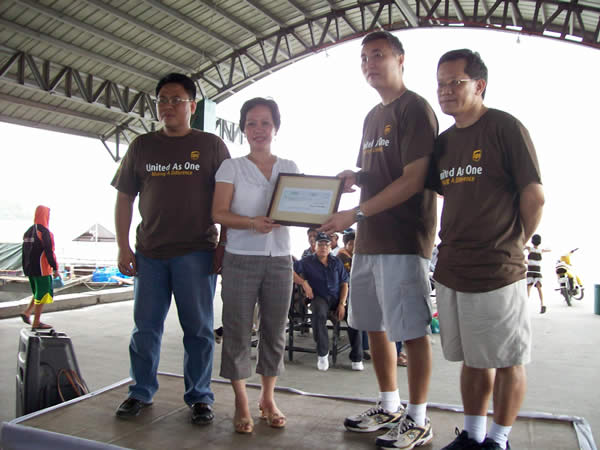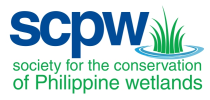Laguna de Bay – A Living Lake?
Laguna de Bay is the largest inland water body in the Philippines covering about 900 square kilometers. The Lake Region straddles the country’s most highly urbanized areas including six provinces, twelve cities, and 49 municipalities of which 29 are lakeshore towns.
The lake is considered a major lifeline for most of the countryside folks. Fisheries is still the lake’s most dominant use with an estimated annual potential yield of 80,000 to 90,000 MT of both fishpens and open water fisheries. Croplands in the lakeshore towns, aside from providing food to the local population – contribute significantly to the food supply of Metropolitan Manila. Laguna de Bay provides resources and services such as food, power, domestic water supply, habitat for a variety of living organisms, and a means of mobility of the lakeshore dwellers. It is thus considered a major lifeline of many countryside people.
Laguna de Bay, however, is in a critical condition. It has been cited in the 2007 Laguna Lake Monitor that 70 percent of the pollution in the lake comes from uncontrolled solid and liquid wastes from domestic sources. Unlike industries which are point sources of wastes, domestic sources (also called non-point sources) are more difficult to regulate – much more control. There is, thus, a need for a shift in attitude and behavior among the lake stakeholders. Behavioral change among lake stakeholders can be best achieved through awareness raising and education by experiential learning.

The Youth and the Lake
The Youth remains one of the most important lake stakeholders. They embody idealism and the future. They will be the country’s future leaders. Targeting the youth as the focus of intervention is a long-term investment but is very strategic. They can be effective agents of behavioral change if their potentials are harnessed in the right direction. This quality can be tapped so that the Youth can carry lake conservation as their rallying call.

The Project: Youth-in-Action for Lake Conservation
The Project aimed to empower and mobilize the youth to take actions that will arrest the deterioration of Laguna de Bay thus contributing significantly to the overall conservation efforts. It covered three lakeshore municipalities (Angono, Binangonan, and Pateros) and two lakeshore cities (Muntinlupa and Taguig).
What we hoped to achieve –
- increase awareness of the youth of the importance of the lake in their daily lives by taking actions in their schools and communities to conserve the lake.
- manage domestic waste on a pilot scale and later replicate them to help reduce pollution in the lake.
- expand partnerships for lake conservation among the concerned local government units, the academe, the non-government organizations, and the industry.
How we achieved it –
- Youth Ecological Camps
- Community Lake Fora
- implementation of selected community projects
- selection of the Best Practice in Lake Conservation Award
Implementors and partners –


